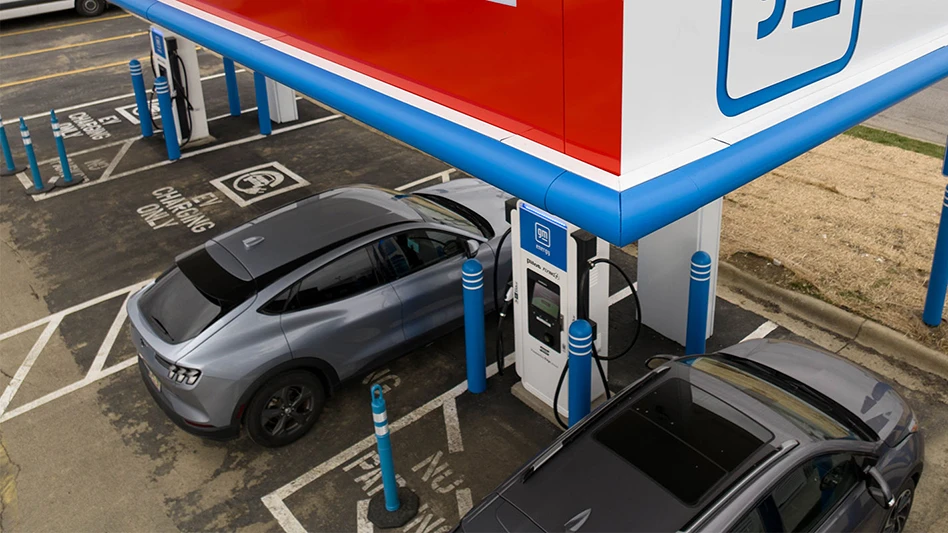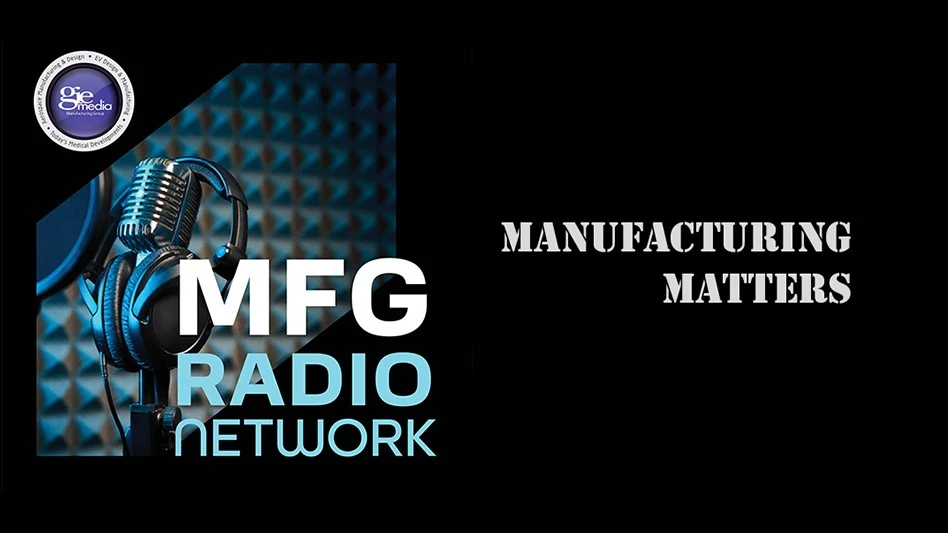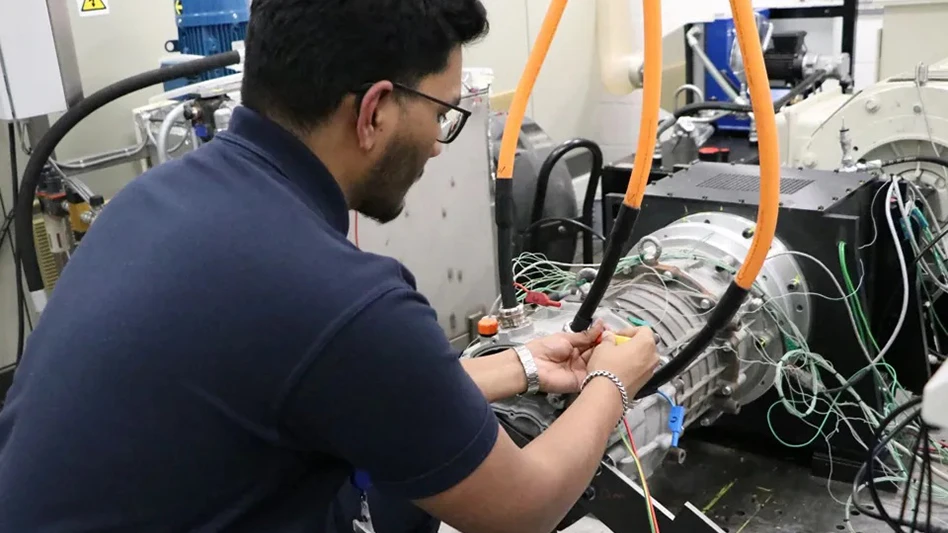
CREDIT: JOINT OFFICE OF ENERGY AND TRANSPORTATION
The future of electric vehicle charging is about to get simpler—soon, drivers can plug in any car at any public charging station and automatically start charging, with no payment processing step required.
SAE Industry Technologies Consortia (ITC) and its Electric Vehicle Public Key Infrastructure (EVPKI) Consortium—along with the Joint Office of Energy and Transportation—announced a common EVPKI framework that will enable secure automatic authentication as soon as drivers plug in—a capability known as “Plug & Charge.”
Until now, the electric vehicle (EV) charging experience has been fragmented, with automakers and charging networks using proprietary authentication and authorization solutions and sometimes offering features like Plug & Charge within their network. The new development means vehicles, chargers, and charging networks all will be able to talk to each other for the first time, advancing the industry toward a universal solution so every driver can plug in and start charging at any public station in the future.
The new framework creates a common security solution that will enable vehicles, chargers, and charging networks to securely communicate with each other, achieving true interoperability across the entire charging ecosystem. Once the SAE EVPKI solution is implemented, EV drivers will benefit with:
- Faster, automated charging with any public station and any car. Charging and payment processing happens seamlessly—no more using multiple apps or payment methods. This means reduced time to charge overall, and a more reliable charging experience. This works because the Certificate Trust List (CTL) developed by the SAE EVPKI Consortium enables secure, automated authentication at the onset of the charging transaction.
- Improved cybersecurity protocols for the entire EV charging ecosystem – meaning security is built in from the start.
- Opportunities to use the transformative innovations that Plug & Charge enables. For example, Plug & Charge lays the foundation for vehicle-grid integration (VGI) technologies, which will enable bidirectional energy flows, advanced grid services, and more resilient energy ecosystems.
“Today’s announcement focuses the industry on interoperability and security, with the SAE EVPKI platform providing the crucial connecting layer,” says Sarah Hipel, acting chief technology officer, Joint Office of Energy and Transportation. “This common platform enables innovation while supporting future advances in vehicle-grid integration and vehicle-to-everything communications.”
The SAE EVPKI Certificate Trust List Requirements (CTL) is the basis for onboarding industry PKI suppliers to the new framework. PKI suppliers can review and develop to the CTL and apply to be an EVPKI-compliant PKI root. Throughout 2025, the industry will continue to move toward the universal Plug & Charge model, which will include:
- A secure process to exchange technology among vendors
- PKI user onboarding and testing
- A new competitive EV Sector PKI supply market
“Our mission is centered on interoperability, scalability, and flexibility in EV Charging,” says Tim Weisenberger, SAE EVPKI director. “The public release of the SAE EVPKI with its Certified Trust List provides a critical message security solution for universal Plug & Charge functionality—marking a major advancement in the electric mobility ecosystem.
“We thank our diverse, global industry members for their agile development approach, and look forward to making electric mobility easier and more effective for consumers,” Weisenberger adds. “We anticipate an operational EVPKI solution in 2025 and an open, competitive PKI supplier marketplace to enable economical and secure charging at scale.”
“Universal Plug & Charge levels up the electric fueling experience—making it even easier than filling up with gas,” says Gabe Klein, executive director of the Joint Office of Energy and Transportation. “We are rapidly approaching a future where every EV driver can just plug in, charge up, and go; the network will talk to your car and process the payment seamlessly. This is a fundamental step in architecture toward enabling bidirectional charging and true vehicle-to-grid integration, the holy grail for energy and transportation.”
EVPKI Consortium members span the EV charging ecosystem, including leading global automakers, EV charger manufacturers, charge point operators, eMobility service providers, and PKI suppliers.
Get curated news on YOUR industry.
Enter your email to receive our newsletters.Latest from EV Design & Manufacturing
- Battery with built-in fire extinguishing technology moves electric vehicle safety forward
- Axial flux motor accelerates e-mobility
- MARBEL project develops modular, eco-friendly electric vehicle battery
- ChargeTronix releases distributed EV charging system, third-generation chargers
- US electric vehicle sales start off strong in first quarter of 2025
- SES AI launches battery material discovery software and service platform
- ChargePoint develops high-speed AC Level 2 electric vehicle charging capabilities
- Vibracoustic designs air springs suited to electric pickup trucks






